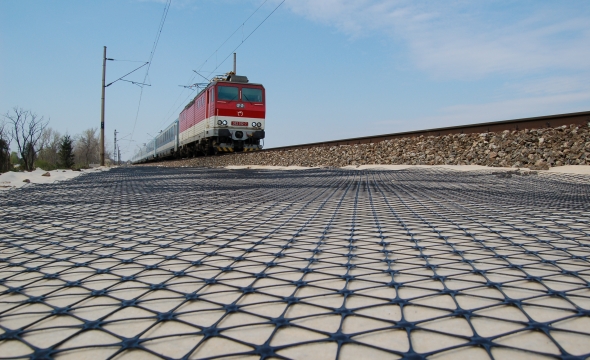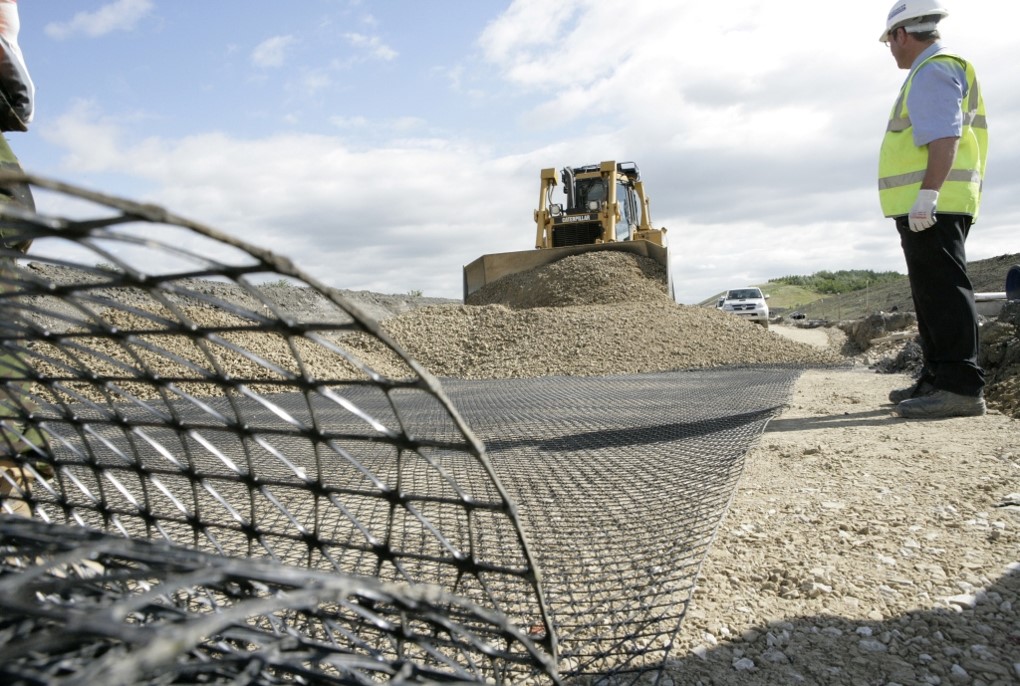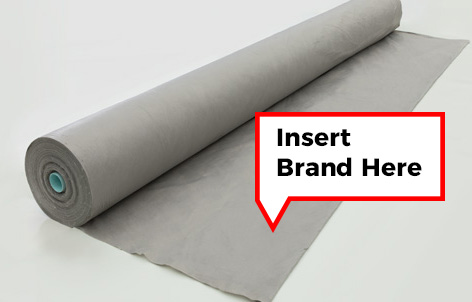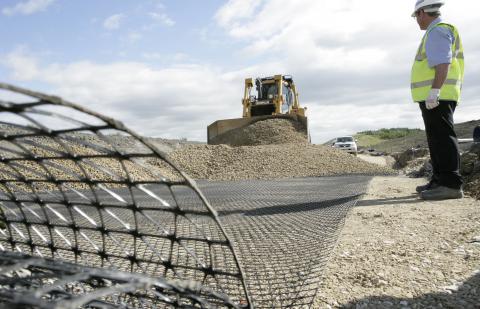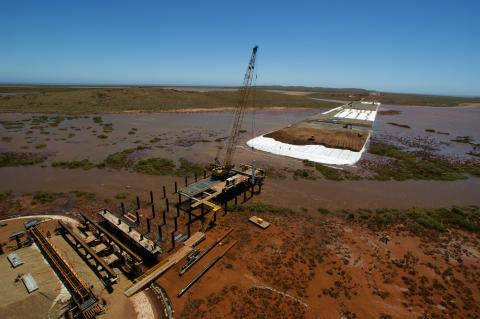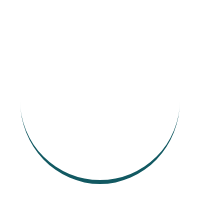

- Home
- News & Insights
- Value Engineering with Geosynthetics
“Value engineering” is to construction what “innovation” is to politicians or “collaboration” is to academia – words designed to excite and energise people, but we tend to be slightly uncertain about what they really mean.
Civil engineers add value through smart design, efficient and safe construction methods or leveraging new materials or technologies. Whatever the scale or complexity, there is always room for engineers to add value.
Over the past thirty years geosynthetics have emerged as a “value engineering” solution for civil engineers, being a new construction material that allowed engineers to design and build their engineering infrastructure faster and safer, at reduced costs, with lower risk, and with lower environmental impact.
Today geosynthetics are accepted as a standard engineering solution, with many products offered by many suppliers, each claiming similar engineering outcomes. Amongst this noise, there remain unlimited opportunities for value engineering with geosynthetics if one wishes to spend time looking at the subtlety of the project to find the savings and value.
The crudest – but most common method is to “add value” through reduced product supply cost, but this ignores the greater benefits that flow from understanding the many sources of value that a geosynthetic product offers when used as part of the engineered system.
The best way is to understadn this is to look at recent, real examples where if the engineer had understood how a geosynthetic product performs as part of a system, greater value could have been achieved for their client:
Example 1 – New Rail Formation Being Built for an Australian Mine
A new rail formation being built over 10 m of uncontrolled fill required the top 2 m be removed followed by 2 m of deep compaction. Two layers of 200kN ultimate tensile strength high-strength geotextile was then installed (at 300 mm centers) with a 1,700 mm engineered fill rail capping layer on top. The high-strength geotextile was included to control differential settlements along the rail line.
Even within this design, opportunities for value engineering exists, including:
- A single layer of 400kN high strength geotextile achieves the same design outcome and factors of safety and can be installed directly on the existing surface, deriving savings via:
- no excavation or compaction required
- single unrolling process of the one layer of geotextile
- By using strength at 2% and 5% strain (rather than Ultimate Tensile Strength), we activate the required strength earlier, meaning less settlement whilst the geotextile takes up the load
- Providing project specific roll lengths reduces the waste during installation.
The value engineering by using geosynthetics could have been enhanced further by understanding the subtlety of how a product can be used as part of a system.
For more information on the use of Geosynthetics in Rail we recommend that you review our Track Design Guide which offers a range of solutions for typical rail engineering scenarios.
Example 2 – Road Formation
A road being built with traditional practices will require a thick formation, built with engineered fill. By placing a bi-axial extruded HDPE geogrid at the base of the road formation, the engineer can reduce the thickness of the aggregate and achieve savings – simply by utilizing the reinforcement performance of the geogrid.
However, by using stabilization performance of a tri-axial extruded geogrid, the engineer could reduce the aggregate thickness even further to achieve the same performance.
Where aggregate costs are high, quarries are some distance away, the savings from reduced use of aggregate is a major source of savings.
Further, where the engineer wants to make full use of the aggregates used, it is best to use a separation geotextile as well. This also reduces future maintenance costs. Attaching the separation geotextile to the geogrid allows contractors to adopt a single installation process, enhancing their on-site productivity.
Again, by understanding how different products perform, the engineer can add greater value for their project.
Engineers can "value engineer" their formation in four different ways: traditional, cost saving, improved life or low maintenance as shown in the diagram below:
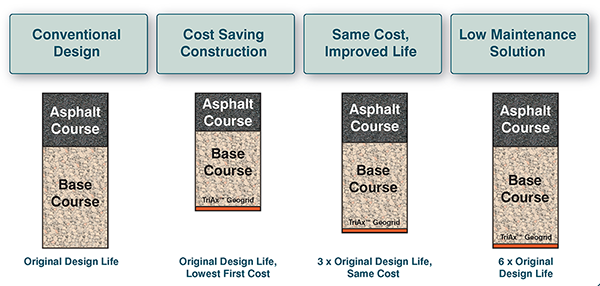
There are unlimited opportunities for engineers to "value engineer” using geosynthetics – stepping back slightly and looking at the system is a great way to identify them.
Related News
Related Products
Related Sectors
KEEP UP TO DATE WITH THE LATEST FROM
GEOFABRICS BY SUBSCRIBING TO OUR NEWSLETTER
GEOFABRICS
AUSTRALASIA
PTY LTD

